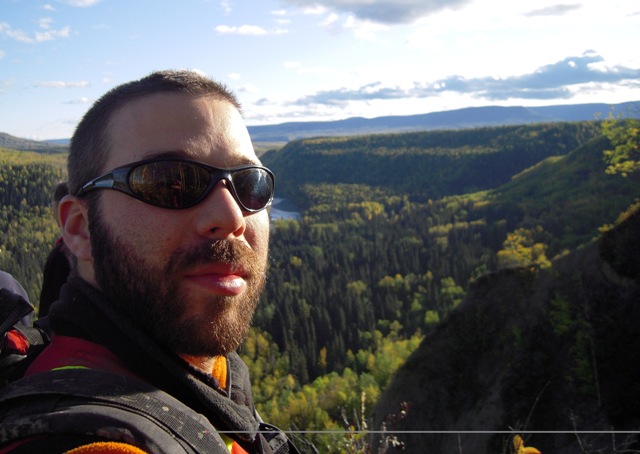Biography:
I completed my undergraduate degree in physical geography at the University of the Fraser Valley. Focuses included geomorphology, geographic information systems and ecology. Throughout my undergraduate degree I was involved with several research projects including GIS modeling of forest fire hazards and point source contamination in British Columbia and the development of a procedure to use wetland peat records as a proxy for historic earthquakes. In my fourth year, I began working in Dr. Olav Lian’s Luminescence dating lab and I completed an Honors thesis dating laminated arctic lake sediment and assessing the implications on the origins of trace metals. In the summer following the completion of my undergraduate degree, I was employed by the BC Ministry of Energy and Mines and Petroleum Resources as a Quaternary research assistant. The focus of my work was aggregate resource exploration for oil and gas infrastructure. I was exposed to many Quaternary related exploration projects in northern British Columbia and worked with many accomplished geologists that inspired me to continue my education. After my term with the Ministry I sought a graduate project that combined my interests in Quaternary geology and British Columbia’s natural resources. I spoke with Dr. Brent Ward at SFU and accepted a terrain mapping project in central BC that would provide information necessary for mineral exploration in the area.
